English Version below in italic
 Version Française
Version Française
Altérations à l'Echevinage
Comme beaucoup de contruction de la ville ou même de la région, l'Echevinage est construit en tuffeau.
Le tuffeau est extrait de carrières dans des strates de l'ère secondaire au crétacé supérieur, étage turonien. Cette pierre de taille a le principal avantage d'être tendre ce qui permet de bâtir et de réaliser les décors typiques de l'architecture de la Renaissance. Mais, le fait d'être tendre est aussi un inconvénient, puisque la roche est assez sensible aux altérations.
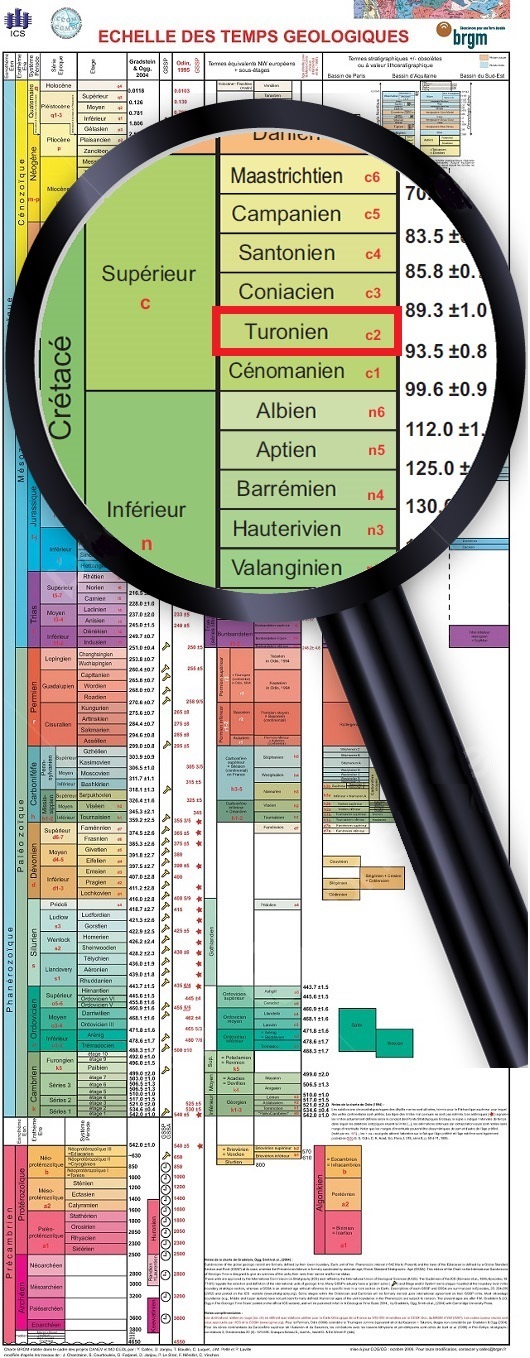
En géologie, l'altération est l'ensemble des modifications des propriétés physico-chimiques des minéraux, et donc des roches, par les agents atmosphériques (altération météorique), par les eaux souterraines (altération de subsurface) et les eaux thermales (altération hydrothermale). Elle dépend en particulier du climat, de la température des eaux, de la nature des roches et de leur degré de fracturation
Effet du climat
L'altération des roches dépend en grande partie de la présence d'eau. Elle est donc directement liée à la hauteur des précipitations. L'altération est quasiment nulle dans les déserts secs, comme le désert du Sahara, où l'érosion est purement mécanique. Elle est également très limitée dans les milieux où l'eau liquide est rare, comme c'est le cas en haute montagne ou dans les régions situées au hautes latitudes (climats polaires). Dans les zones où les précipitations ne sont pas négligeables, l'altération est importante.
Quelques exemples d'altérations
-
L’alvéolisation est quand une partie superficielle de la roche se désagrège et tombe en laissant sur le parement en situation, soit des alvéoles, soit des sillons, séparés les uns des autres par des arêtes dures.
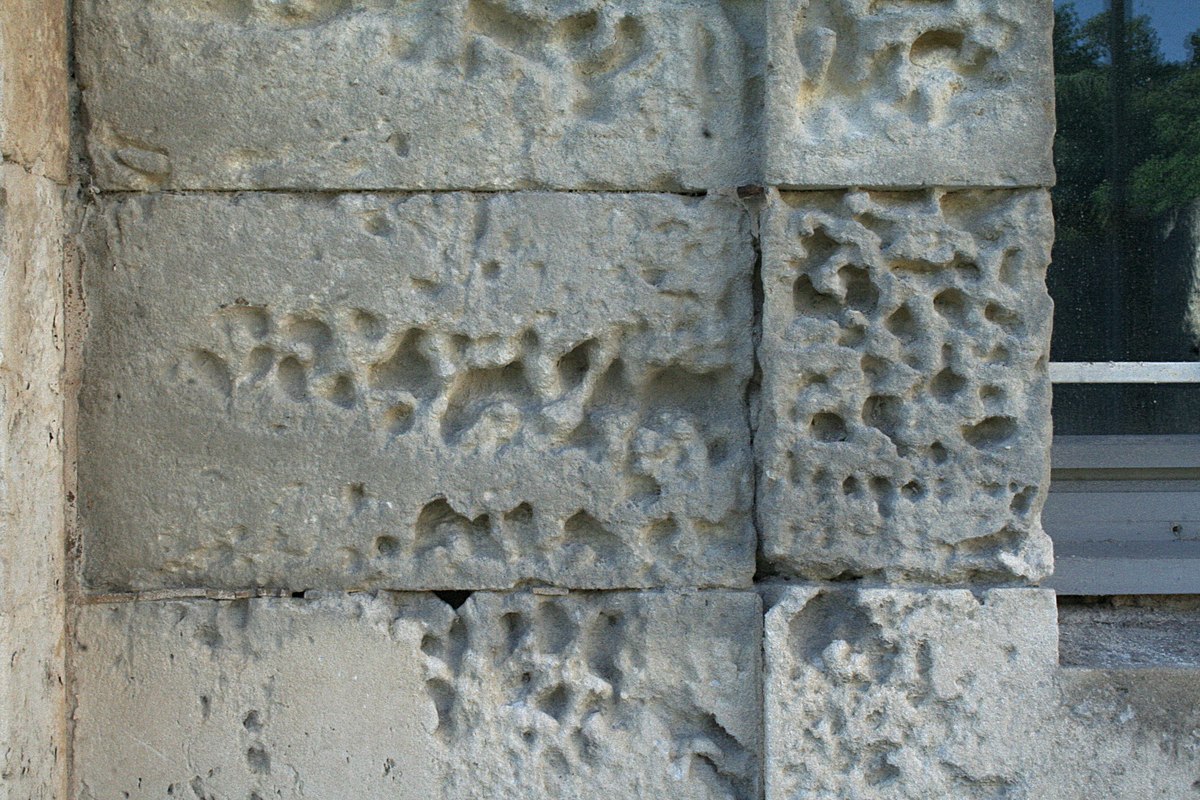
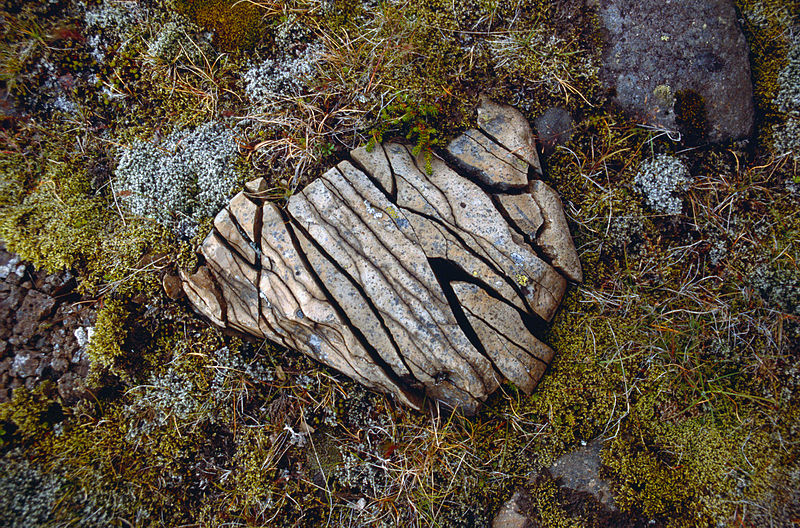
-
La desquamation est la traduction physique, visible, d'un certain nombre de processus de dégradation de la roche (météorisation). Elle se manifeste par le détachement de lamelles ou écailles superficielles.
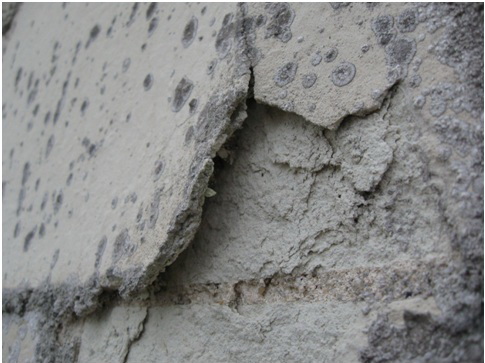

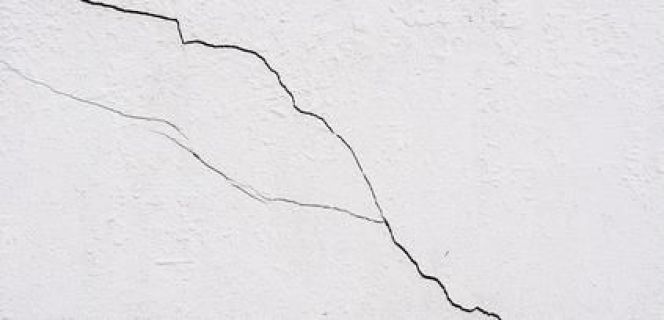
Questions
Rappel concernant les Earthcaches :
Il n'y a pas de conteneur à rechercher ni de logbook à signer. Après avoir été sur les lieux pour chercher les réponses aux questions, loguez cette cache "Found it" et envoyez-moi vos propositions de réponses, en précisant le code GC de la cache, soit via mon profil, soit via la messagerie geocaching.com (Message Center), et je vous contacterai en cas de problème.
Questions :
1- A combien d'années remonte la formation du tuffeau ?
2- Quel est le principal responsable de l'altération des roches ?
3 - Avec l'aide de la photo, dites moi quelle altération voyez vous dans la zone bleue et dans la zone rouge ?

 English Version
English Version
Alterations at the Echevinage
Like many buildings in the city or even in the region, the Echevinage is built of freestone.
The tufa is extracted from quarries in strata from the secondary era to the upper Cretaceous, Turonian stage. This cut stone has the main advantage of being soft, which makes it possible to build and create the typical decorations of Renaissance architecture. But, being soft is also a disadvantage, since the rock is quite sensitive to weathering.
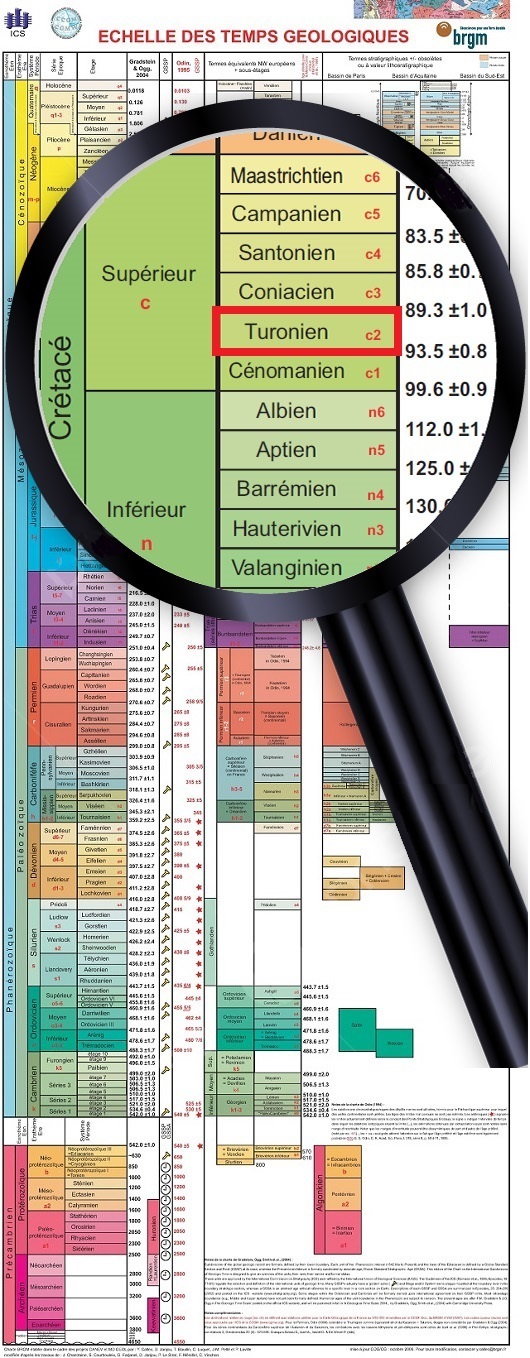
In geology, alteration is the combination of changes in the physical-chemical properties of minerals, and thus rocks, by atmospheric agents (meteoric alteration), by groundwater (subsurface alteration) and thermal waters (hydrothermal alteration). It depends in particular on the climate, the temperature of the water, the nature of the rocks and their degree of fracturing
Impact of climate
The alteration of the rocks depends largely on the presence of water. It is therefore directly related to the height of precipitation. The alteration is almost nil in dry deserts, like the Sahara desert, where erosion is purely mechanical. It is also very limited in environments where liquid water is scarce, as is the case in high mountains or high latitudes (polar climates). In areas where precipitation is not negligible, alteration is significant.
Some examples of alterations





Questions
Reminder concerning the Earthcaches :
There is no container to look for or a logbook to sign. After having been on the spot to look for the answers to the questions, log this "Found it" cache and send me your answers, specifying the GC code of the cache, either via my profile or via geocaching.com messaging. (Message Center), and I will contact you if there is a problem.
Questions :
1- How many years ago did the tufa formation go back ?
2- Who is the first responsible for the alteration of rocks?
3 - With the help of the photo, tell me what alteration do you see in the blue zone and in the red zone?
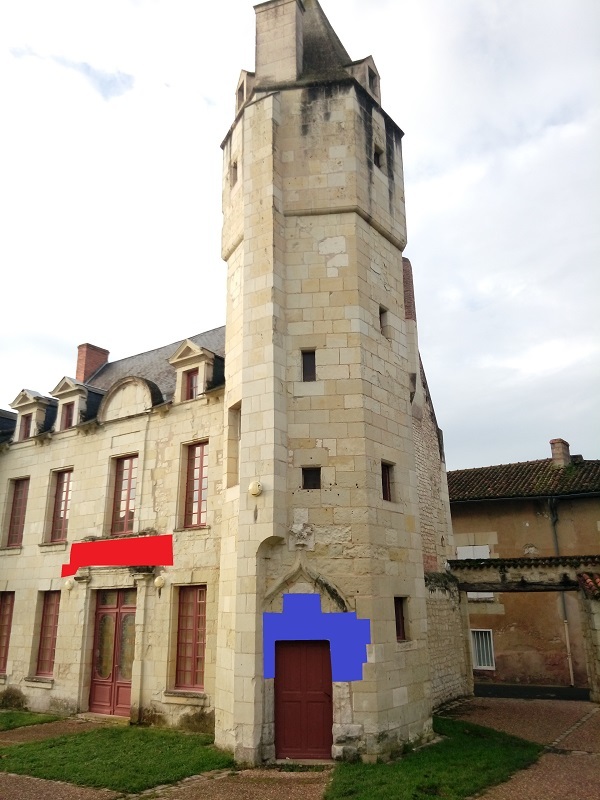
Source : http://bricobistro.com/les-maladies-de-la-pierre-desquamation-alveolisation/